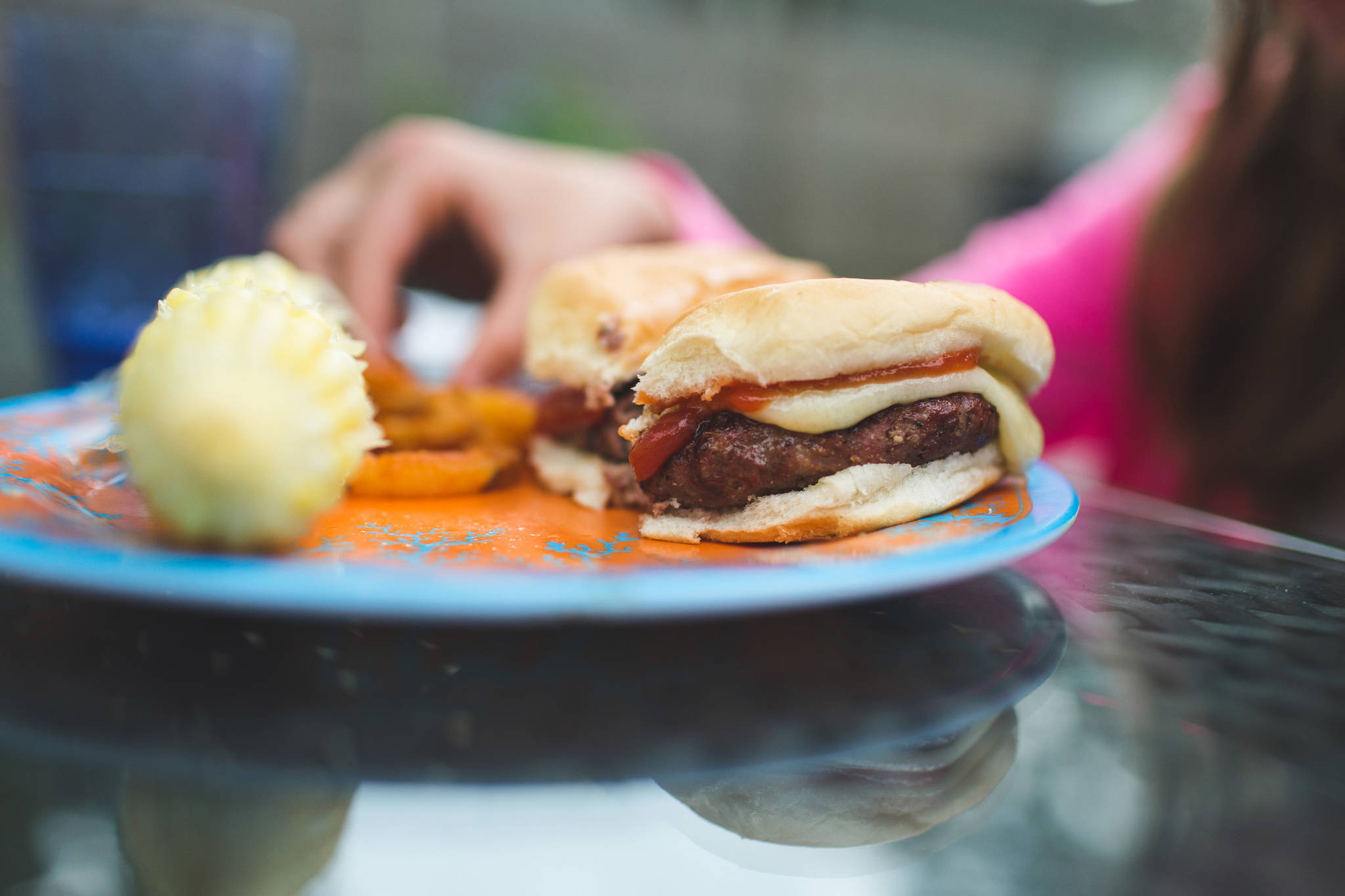As schools across Washington state were shuttered last spring, a federal waiver allowed every K-12 student to get free breakfasts and lunches through a summer food program. But Congress hasn’t acted to renew that program, which ends on Aug. 31, even as the coronavirus pandemic drags on.
This program allowed the Snoqualmie Valley School District, for example, to serve nearly 19,000 free meals to anyone age 18 and under in the district last April at the height of the economic shutdown. That’s more than three times the 5,523 meals served in April 2019, according to data from the Washington State Office of Superintendent of Public Instruction.
Across the district from March to June 2020, nearly 52,500 meals were served. Ryan Stokes, assistant superintendent, said they had served around 51,400 meals since the pandemic began in March. Either figure is a staggering increase from 2019 during the same months, when 22,325 normal meals were provided to students.
Several waivers were granted by the U.S. Department of Agriculture, which oversees school nutrition programs, such as the National School Lunch Program. In response to the emergency, the department pumped out a number of relief guidelines that let schools feed every student, and allow school programs to deliver food or let parents pick it up.
The main waiver allowed the Summer Food Service Program to begin in March. The program allows every student to receive free meals during school closures. During the school year, schools generally operate under the National School Lunch Program, which offers three tiers for students: paid, reduced price and free.
The emergency provisions are expiring at the end of summer as Congress remains gridlocked on negotiations over a second coronavirus relief package. Without a Congressional extension, schools will be required to revert back to operating under the National School Lunch Program guidelines.
Well-fed students perform better in class. One survey conducted by the Association for Supervision and Curriculum Development found students who eat free breakfasts at school had 17.5 percent higher scores on math tests. And teachers reported that students who ate breakfast could concentrate easier and had better classroom behavior.
But the need for student food has only increased since the coronavirus pandemic began across King County.
This summer, 30,000 students received free meals on any given day in the county, said Lauren McGowan, senior director for the United Way of King County’s ending Homelessness and Poverty program. That’s three times the number that have received daily meals in past years.
“Families shouldn’t have to worry about where their food is coming from right now,” McGowan said.
The Snoqualmie Valley School District opted not to participate in the Summer Food Service Program, and local food banks took over providing food students and families.
Snoqualmie Valley Food Bank Operations Manager An Wynants said until the last two weeks, there wasn’t a large increase in families or students visiting the food bank this summer. But as federal food and unemployment assistance dry up, she’s expecting an increase in clients.
“We really hold our hands for the next coming months,” Wynants said.
In Washington state, June unemployment sat at 9.8 percent — more than twice as high as the 4.3 percent seen in June 2019. The state lost some 528,600 jobs in April as businesses shuttered or lost customers due to the pandemic. It only gained about half of those jobs back over the following two months.
And until recently, unemployed or underemployed workers were bolstered by a $600 weekly federal benefit, which expired on July 25.
It’s not clear how many students will be eligible for free or reduced lunches this school year. Families across the county will begin applying for free and reduced lunches this month before school resumes. Only families whose income qualifies them for free or reduced price lunches will receive price reductions, said Leanne Eko, director of Child Nutrition for the Washington state Office of Superintendent of Public Instruction.
On top of this, there is stricter meal tracking under the school lunch program. This could prove challenging for districts that are holding classes entirely online, or in a hybrid in-class and at-home model.
“It’s just a lot more difficult, and then add to it that when you’re inside the school in normal operations you’ve got kids coming by grade level, they’re each at their own school,” Eko said.
In the Snoqualmie Valley School District, Superintendent Robert Manahan issued a statement about the coming school year, which will resume with all-online classes.
“At this time, school districts have not received support from the federal lunch program that was available last spring, which enabled us to offer free breakfast and lunches to all student,” he said. “Therefore, our plan will prioritize providing meal service for students who qualify for free or reduced-price meals.”
During the last school year, only 8.5 percent of students across the district qualified for free or reduced lunches. It’s a much lower percentage of students than several other districts in the county.
Pam Chambers, director of food services for the Snoqualmie Valley School District, said they can’t apply for community eligibility, which would allow the district to provide free lunches to every student.
In order to qualify, at least 40 percent of students in the district must be receiving food assistance from programs such as the Supplemental Nutrition Assistance Program or free and reduced price lunches.
Chambers expects to see an increase in free and reduced price meal applicants.
Unless Congress renews extensions for the program, food programs will revert to the normal National School Lunch Program guidelines when school begins, with the exception that schools can provide meals for families to pick up. If legislators continue the emergency waiver, the district would be allowed to continue feeding its students for free, Chambers said.
“It would uncomplicate what we have to do,” Chambers said. “If we could get that waiver again, it would obviously be a boost for everybody.”
Lauren McGowan of the United Way of King County’s ending Homelessness and Poverty program thinks politics are preventing that from happening. The debate over whether to resume in-person learning has polarized Congress, and President Trump has expressed support for reopening schools. She thinks there’s an assumption that the pandemic has been happening for so long that there should be other ways to provide food.
But this is a pandemic, McGowan said, and she believes the continued use of emergency measures is appropriate.
School lunches are one of many worries facing Americans. Unemployment is at record highs, a potential eviction crisis is waiting in the wings for many, and not everyone has a hungry kid at home.
“I think it’s easy to think this isn’t a priority, there’s so many things that are top of mind for every single person, both in Congress, and folks across the country,” McGowan said.









